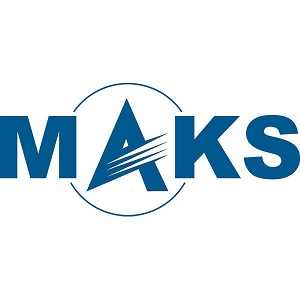| a | |||
World
Aviation Industry News - Lockhed Martin |
|||
Lockheed
Martin delivers the first MC-130J Combat Shadow for U.S. air Force Special
Operations. |
|||
Lockheed
Martin [NYSE: LMT] delivered the first MC-130J Combat Shadow II to the
United States Air Force’s Special Operations Command (AFSOC). The
aircraft was flown from Lockheed Martin Aeronautics’ facility to
Cannon Air Force Base, N.M., by Lt. Gen. Eric E. Fiel, commander AFSOC.
This aircraft is the first of 20 currently on order. |
|||
![Lockheed Martin [NYSE: LMT] today delivered the first MC-130J Combat Shadow II to the United States Air Force’s Special Operations Command (AFSOC). The aircraft was flown from Lockheed Martin Aeronautics’ facility to Cannon Air Force Base, N.M., by Lt. Gen. Eric E. Fiel, commander AFSOC. This aircraft is the first of 20 currently on order.](/../../images/stories/north_america/united-states/other_aircraft/mc-130j/pictures/MC-130J_Combat_Shadow_special_operations_command_aircraft_USAF_US_Air_Force_001.jpg) The first Combat Shadow II for the United States Air Force Special Operations Command during first flight at the Lockheed Martin facility in Marietta |
|||
“Today marks
yet another milestone in improving the combat capabilities of Air Force
Special Operations Command,” said Gen. Fiel. “The MC-130J
represents our efforts throughout the SOF community to recapitalize
our assets and improve our ageing fleet in order to meet national requirements.” |
|||






















